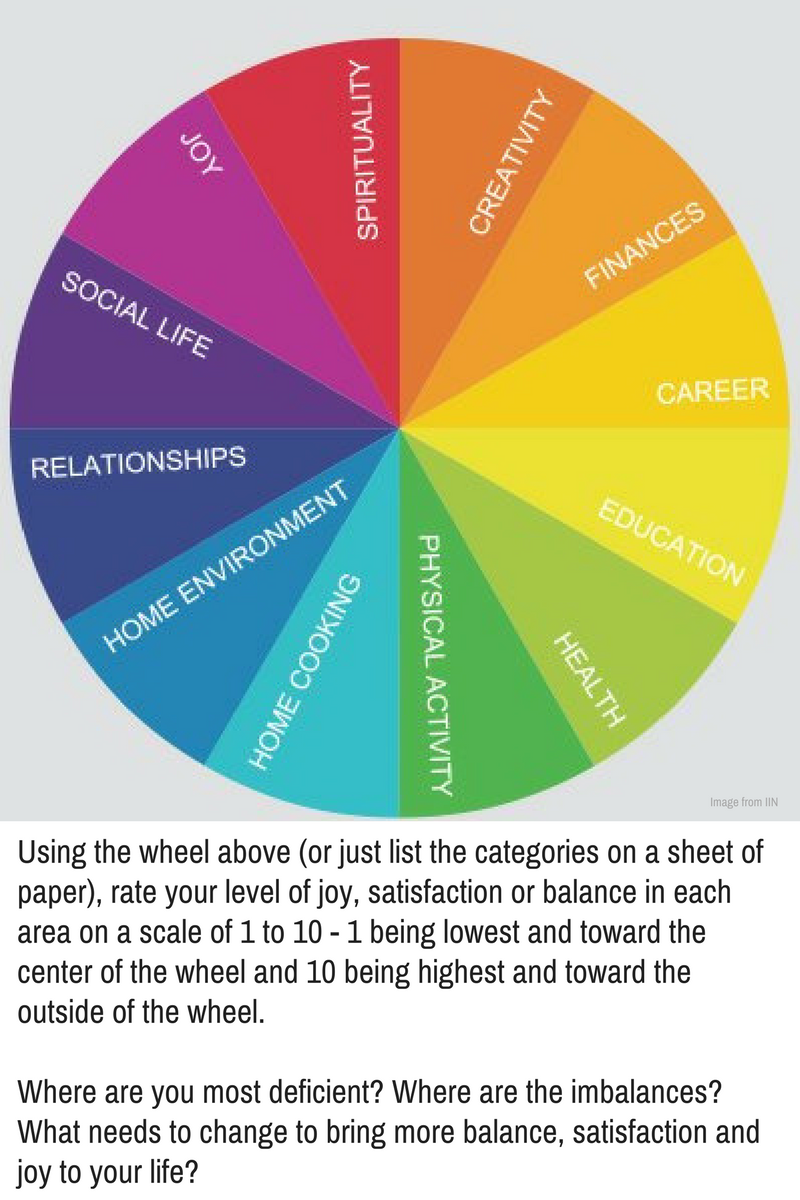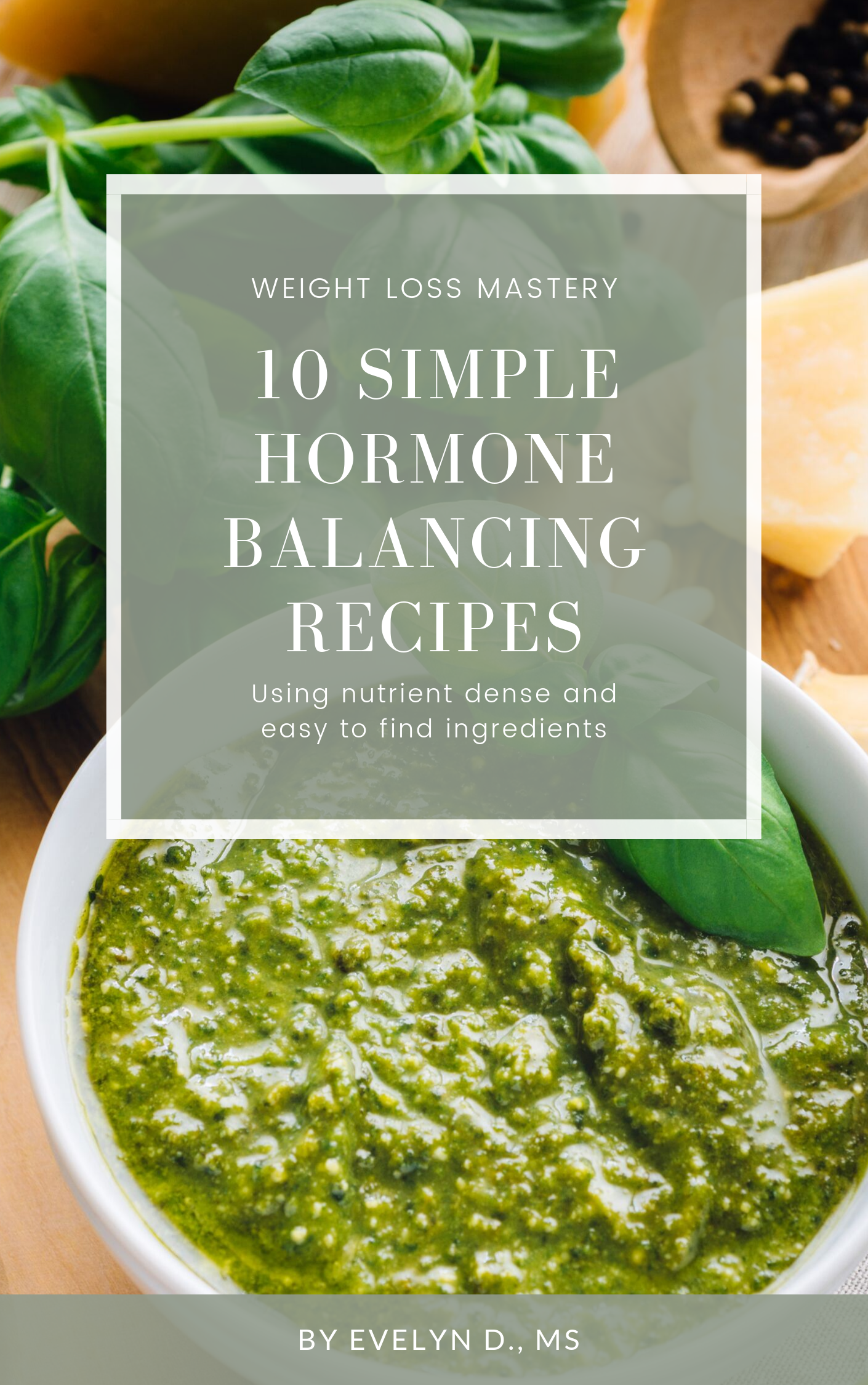3 “MUSTs” When Starting Out
(that even some scientists don’t get)
It absolutely kills me when the media or even some published research papers draw conclusions about the Keto diet – good or bad – without implementing or referencing an actual ketogenic diet.
In the research world, experiments are designed with carbohydrate levels that are much too high – or the duration of the study is way too short, or the transitionary cellular shifts aren’t taken into consideration.
Equally frustrating is when people try the keto approach for a week or two, don’t feel the benefits of ketosis right away and/or experience symptoms or performance decline in those early stages and proceed to declare to the world that “Keto doesn’t work”.
Keto not only “works”, it’s a natural physiologic state.
It’s NOT new and it’s not a fad diet.
We’re born in ketosis and we evolved to be ketogenic naturally – in times of fasting or fruit/starch scarcity – since the dawn of the human race.
Here’s the thing…if you’re going to use a ketogenic approach to nutrition you MUST do it ‘right’ in the beginning. But in these modern times, navigating the food and information landscape makes it really, really confusing to know what actually is the right way.
So I thought I’d simplify things and share 3 real beginner basics for those of you that are dabbling in Keto/Low Carb-land. This will set you up for a successful experiment:
- Carbs must be very low. For most people just starting out that means under 20 – 30 grams of total carbs – not net – especially in the beginning. These should come mostly from non-starchy vegetables and some seeds and nuts – NOT from processed “Keto” or “Low Net Carb” foods. This allows your body to relearn and ‘turn back on’ your ‘dormant ketone factory’. Lower carbs means lower insulin and this is what burns fat for energy via ketone production. If the carbs are too high – even with too many fibrous veggies – an insulin response may be created which will confuse the body and potentially hinder ketosis. Don’t worry, this strict level is usually only necessary in the beginning for most people. Which leads me to the next topic…
- You must allow at least 6 weeks at this very low carb level (for some stubborn metabolisms this could be 12 weeks or more) for the body to become “fat adapted” or “keto-adapted”. This is the average amount of time necessary to fully transition to the keto-adapted state. Those who try Keto for 2 – even 4 weeks – and give up, are not giving it enough time.
- You must hydrate more than you probably think and replenish electrolytes: sodium, potassium, magnesium, etc…especially when you’re transitioning into ketosis. Carbohydrates hold a lot of cellular water: (CARBO — for Carbon – HYDRATE – for Hydrogen that makes up water). When you restrict carbs, you release cellular water. That’s why people pee a lot when transitioning and why they lose so much weight in the beginning. As this water is being released from the cells through the kidneys, minerals (electrolytes) are being shed too, so they need to be replaced. I find most common symptoms experienced in the ketogenic state are resolved by drinking more water, having some sea salt and/or an electrolyte supplement.
You may have noticed that I didn’t mention food quality, calories or macros in my keto must-do list …I did this for 2 reasons:
- The importance of these factors will depend on the individual. Even though it makes me cringe, I’ve seen too many people transform their weight and health by having bunless fast food burgers and scraping cheese and pepperoni off of pizza to balk at this quick & dirty Keto approach. Although this may be effective at first and OK for some people in the short term; I wouldn’t recommend it all the time (read more below).
- You will probably be more successful transitioning to Keto if you first become fat adapted by just focusing on getting the carbs down. Then you can tweak the overall calories, macro- and micro- nutrient composition and clean up potentially inflammatory foods.
Some of you can, may prefer, or may need to follow the basics AND tackle food quality and macros all at once, but I’m OK with more of a progression (if you can get results that way) rather than give up because it’s too hard or confusing. Remember you MUST stick with under 20-30 total carbs for at least 6 weeks for best results.
As a clinical nutritionist trained in functional medicine nutrition, my ultimate version of keto emphasizes:
- A variety of the highest quality animal proteins and fats you can find and afford: wild fish, pastured meats and eggs and collagen/bone broth. If you’re struggling with slow healing, persistent symptoms or weight loss resistance on Keto, I recommend avoiding dairy and cured meats.
- Lots of nutrient dense non-starchy veggies – dark leafy greens, cruciferous veggies, sulphur containing veggies, etc…These foods provide cells with phytonutrients, anti-oxidants, reduce inflammation, aid in detoxification, feed the gut microbiome, help with digestion, etc..
- Healthy sources of fat: avocados, coconut, olives, fish oil/fatty fish, seeds, fatty nuts, pastured butter, ghee, rendered animal fats, eggs and some fatty meats. Again, limit cured meats and dairy to keep inflammation low.
- Minimal “TREATS”: Very small amounts of low-glycemic fruit (1/4 cup berries), low sugar alcohol, fat bombs, keto products or recipes with low carb flour (almond, coconut) and non-glycemic sweeteners (stevia, sugar alcohols, monkfruit instead of artificial sweeteners). Have these maybe once or twice a week if needed and only if you’re getting results and they’re well tolerated.
Once you’ve become “fat adapted”, feel really great and have reached your goal, I’m a big fan of periodically eating real food carbs or a “worth it” carb treat, if desired, once or twice a month (as long as you’re not legit intolerant to the treat – i.e., gluten, dairy).
This could look like:
- eating slightly more seasonal fruit or a few forkfuls of starchy veggies
- having a piece of Nona’s famous lasagna, or
- splitting a chocolate crème brûlée with Prosecco on your birthday (that may have been me last month :)).
These carb bumps may actually help boost your metabolism and they may also do wonders in lifting your spirits so that you feel more balanced and prevent the unsustainable side effects of too much rigidity, deprivation and restriction.
I hope that these basics help you get started – or encourage you to re-start your Keto journey in a better, less confusing way. As always, you’re welcome to reach out with questions or work with me if you need more guidance.
xo,
Ev




